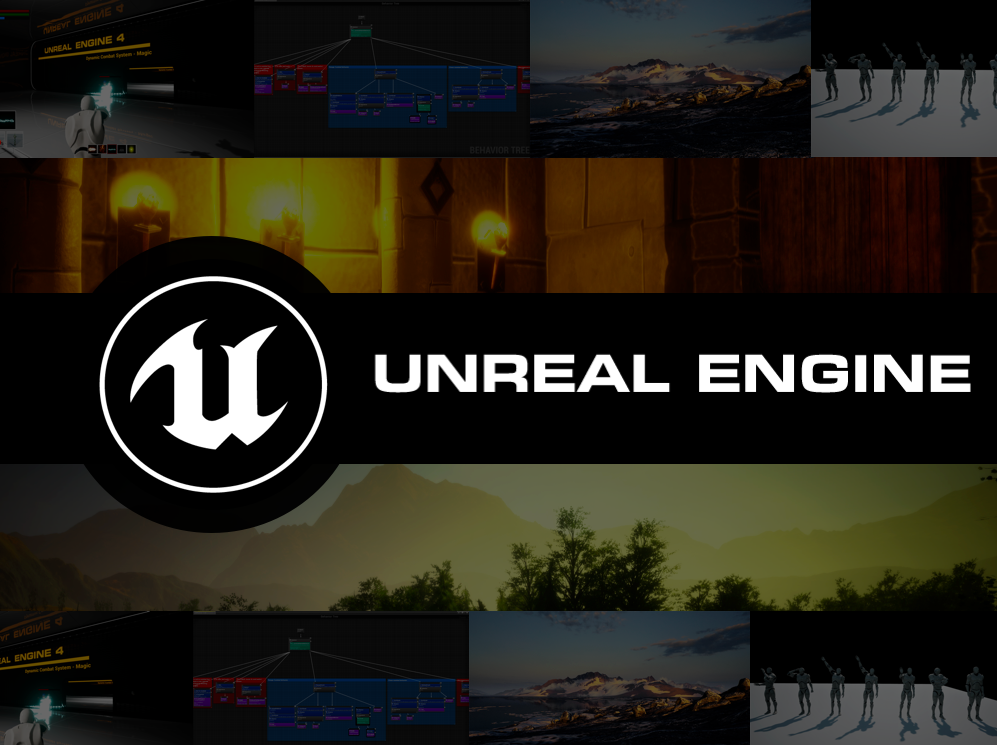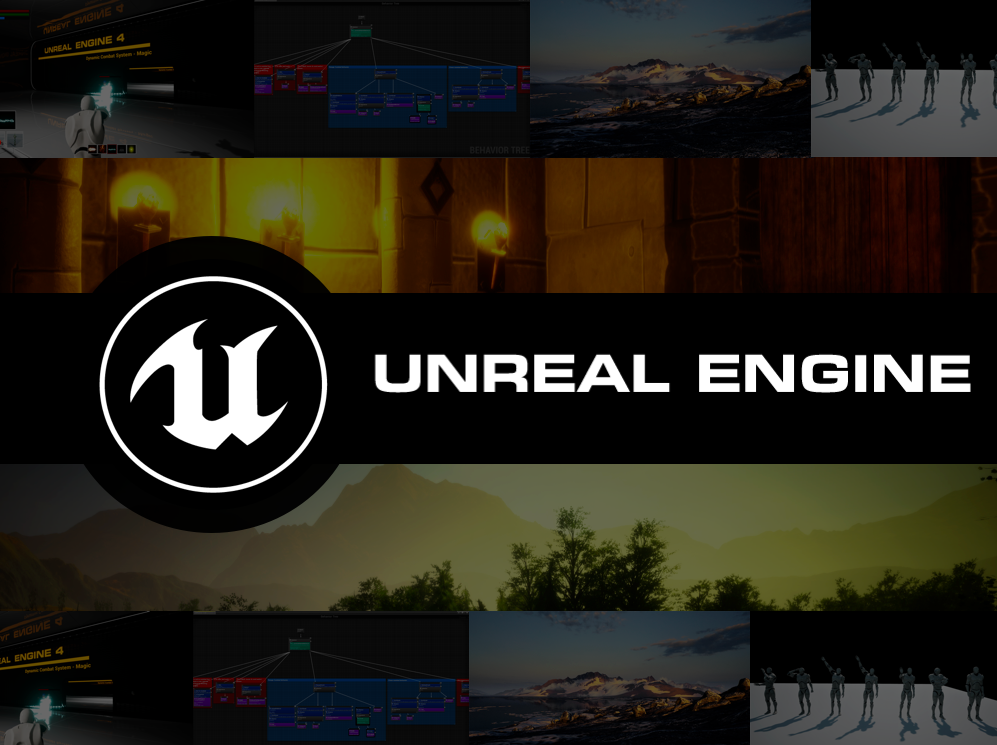
When it comes to Unreal Engine 4, the proprietary engine used for the hit series Unreal which kicked off in 1998, it has always been seen as one of the leading engines for game development. However, it’s been seen exactly that: an engine for game development…until now. Now, in the wacky year of 2019, companies and industries across the globe are utilizing the engine’s powerful resources to create advertisements, architectural visualizations, educational VR experiences, augmented reality pieces, even fully-fledged films, and much much more. According to Epic Games, the parent company of the engine and the original Unreal action game, in July 2018, more than 6.3 million users. There’s no doubt that it’s one of the most popular 3D applications in the entire world, even trumping its major competitor Unity which had a recorded 4 million users in 2015. And thanks to a wealth of tools within the engine itself and countless of tutorials from both third-party sources and Epic’s developers directly, there’s never been a better time to jump into the engine and start creating the 3D creations of your dreams.
What’s always been the Achilles’ heel for aspiring users of software like Unreal Engine 4 is having to translate what you want to appear to monotonous lines of code stretching for miles in Microsoft’s Visual Studio. But thanks to the nationwide push for programs like Hour of Code, programs that push for coding to be implemented in the educational curriculums early on, visual programming languages have become far more popular, now the preferred way for many beginner coders to test the waters. As a result, it’s no surprise that Epic Games has implemented a visual programming language into Unreal Engine 4 itself, titled “Blueprints.” What makes “Blueprints” such a fantastic feature is that many visual programming language-based software has countless restrictions, often hindering both functionality and creativity, to pander to a beginning programmer. When they were designed and penned by countless of engineers at Epic, all of the versions of the engine before “Blueprints” weren’t built with this pandering in mind, originally forcing users into coding entirely in C++. But new times call for new methods, and there’s no doubt that Unreal Engine 4 is changing with the times.
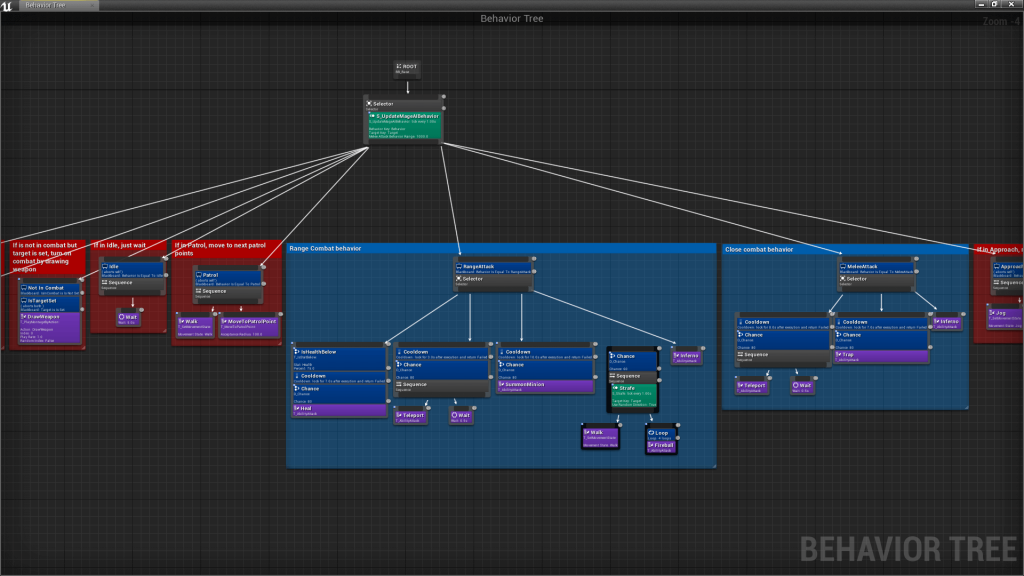
In terms of functionality, the proprietary visual programming language translates visual cues and nodes that are far easier to understand and interpret to a beginning user into the programming language C++. Essentially, it takes the best of visual programming languages and implements them in a fully-fledged 3D creation software. From there, users can eventually graduate to programming in C++ directly. Of course, “Blueprints” doesn’t offer quite as much freedom as programming in C++ does, particularly when optimizing a project in both development and when preparing for shipping. Still, there’s no doubt that “Blueprints” in general offers one of the best reasons for amateurs to begin experimenting with Unreal Engine 4 first, over its contemporaries Unity and GameMaker Studio 2, and what a wealth there is to experiment with.
Everything in Unreal Engine 4 has been designed with efficiency in mind. Tools such as the Material Editor and the Post-Processing Volume are intuitive and incredibly powerful right out from the box. In just one hour with experimenting, I was creating sprawling, although admittedly hideous, hills of a barebones grass material and wandering through it with the starter First Person character that is included with the engine. And with a few months of experience under my belt? Well, the results are undoubtedly impressive, and thanks to countless of portfolios through ArtStation, etc., the results of Unreal users with a couple of years of experience are even more impressive, reaching and even sometimes surpassing triple-A game production.
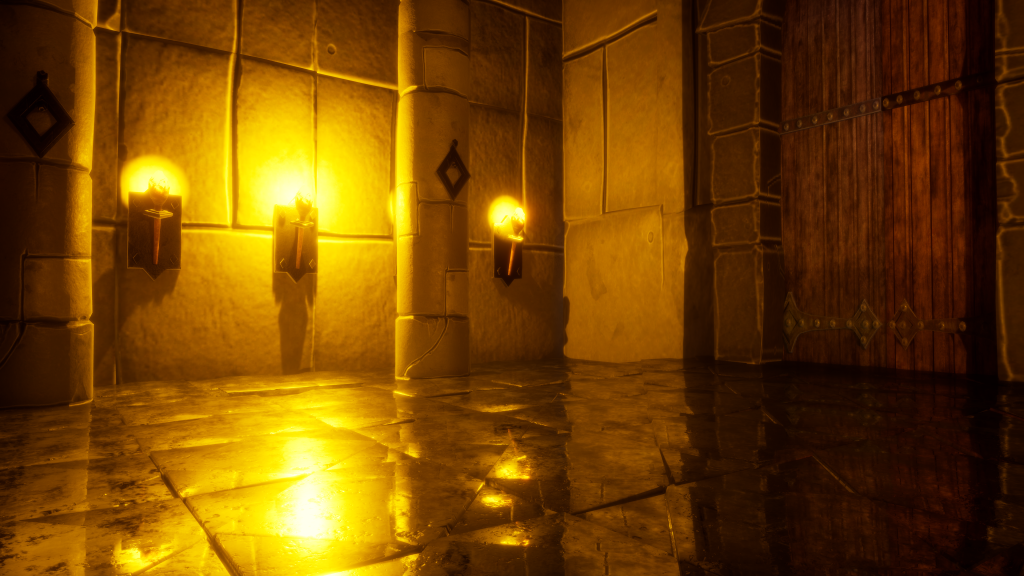
What makes Unreal Engine 4 so rewarding, particularly to a beginner, is its immediate graphical fidelity options. The poorly sculpted hills of grass can be elevated quickly and effectively through lighting and post-processing. The finicky corner with its strange flashing lights can be hidden in dark shadows. Ambient occlusion and ray tracing are options from the very moment the engine is launched. Creating stunning images and works is simple and is made even better by the Unreal Marketplace, one of the most impressive online community stores that I have ever seen.
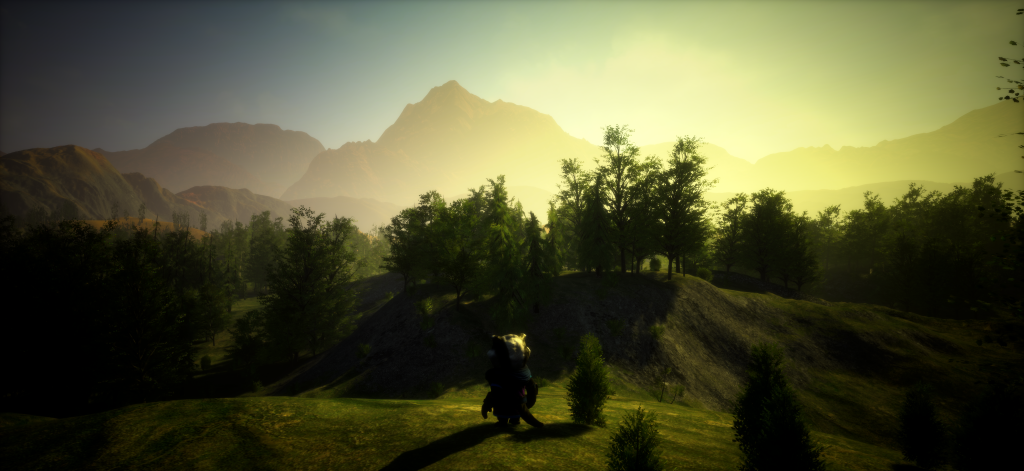
This could be seen as an exaggeration, after all, this entire article has been singing the praises of Unreal Engine 4 to no end, but I genuinely mean it. Creating high-quality materials, meshes, and characters can be difficult, and oftentimes require reaching to other software such as Autodesk Maya, Blender or Quixel MegaScans. For those with experience in any of those software or the countless others, Unreal Engine 4 has settings built-in to ensure that the importing of the file into the engine is as smooth and optimized as possible. For example, just recently, in version 4.23, Unreal Engine 4 began support for Cinema 4D, bridging the gap between the two applications.
But for the countless users who know little to nothing about that software and wish to get near triple-A assets in mere minutes, the Unreal Marketplace is the perfect place to start. Every month, Epic Games grants users a hand-selected collection of assets that will be made free for the entire month. For August, a fully developed and easily implemented magic combat system was made free as well as a kit of meshes and materials to create a stylized and gorgeous fantasy village.
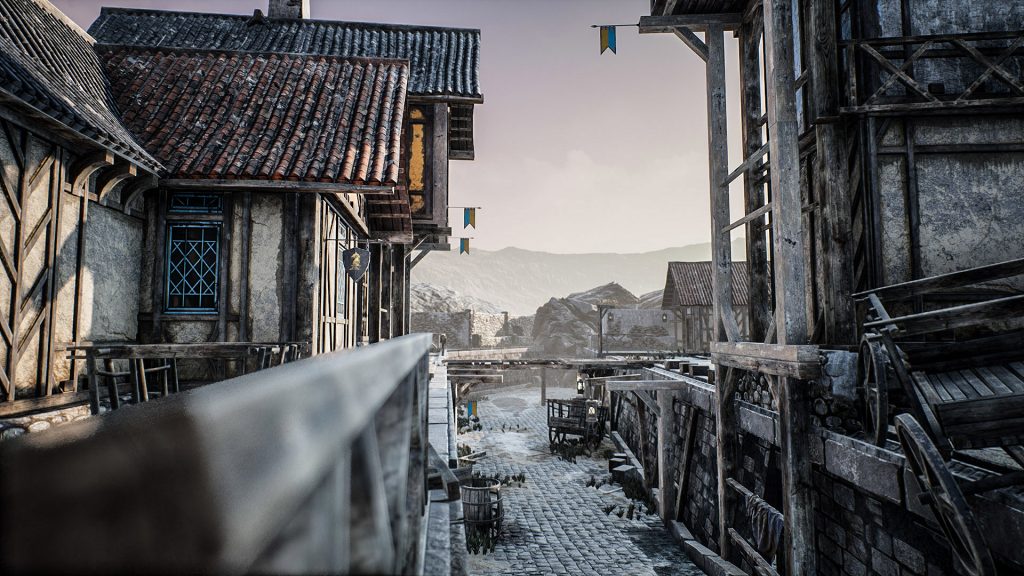
The assets in this “Free for the Month” collection are no fluke and represent some of the best work that can be found in the entire marketplace. For beginners, however, I would recommend picking up Joe Garth’s Brushify.io packs. These assets make the landscape tool far easier to use and they also include an auto-material, which means that when sculpting the landscape, the material won’t unnaturally bend and warp. There are also multiple example levels within each of the packs, meaning that there’s always an available reference for post-processing and lighting. I was able to create some stunning vistas in just a few days, and Garth’s packs have easily been the best products that I have run across in the Marketplace.

But when it comes to actually utilizing Unreal Engine 4 into something meaningful, into something greater than just a personal passion project or experimentation with a new feature, the engine has been used for the leading titles of countless of mediums. In gaming, the most popular game of the current day and possibly of all time, Fortnite, was developed entirely on the engine and has since been ported to all platforms from mobile to PC, showcasing just how flexible the engine can be. Optimizing a game is no easy task, but Unreal Engine streamlines the process as much as possible, ensuring that performance doesn’t have to be sacrificed in order to create a stunning level. As for filmmaking, the engine is used for virtual production on some of the greatest blockbusters of this day and age, a primary example being the record-breaking and award-winning TV show Game of Thrones.

When speaking at SIGGRAPH, virtual production supervisor Kaya Jabar explained how some of the series’ most iconic shots were first realized in Unreal Engine 4. For those of you still on the fence on the sheer power that Epic’s software lends itself to, take a quick look at Quixel’s cinematic “Rebirth,” perhaps the most impressive showcase of the graphical fidelity that Unreal Engine offers.

Unreal Engine is well on its way to being the leading 3D software for game development, virtual production, architectural visualizations, and countless other disciplines. With Unreal Online Learning and the engine’s already intuitive features, there hasn’t been a better time to jump into the future of digital entertainment. No software is bound by its original purpose. Adobe Photoshop isn’t just bound to heightening already existing images; Microsoft Word isn’t just bound to typing up documents, and game development engines like Unreal Engine 4 aren’t just bound to creating some of our favorite interactive experiences. Countless members of the 6.3 million users of the engine have realized this, and soon, the entire world will realize it as well.
